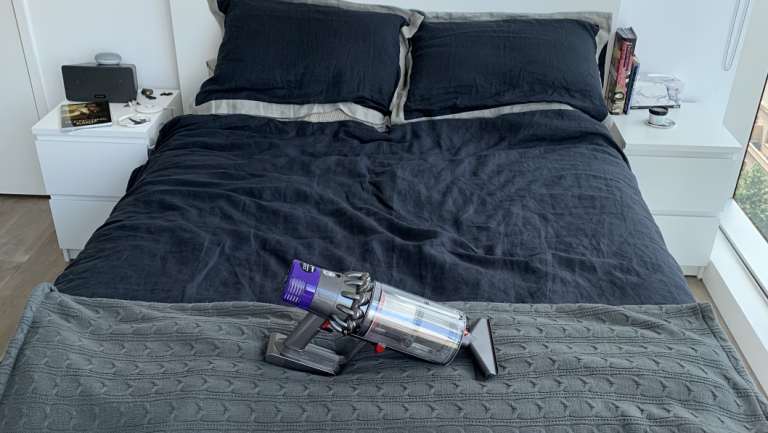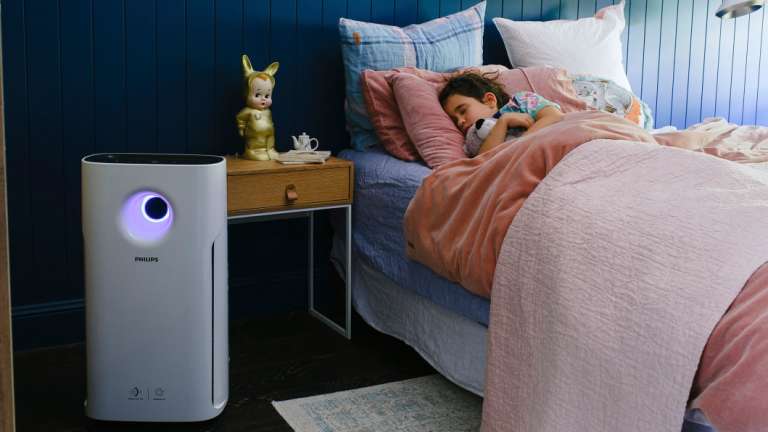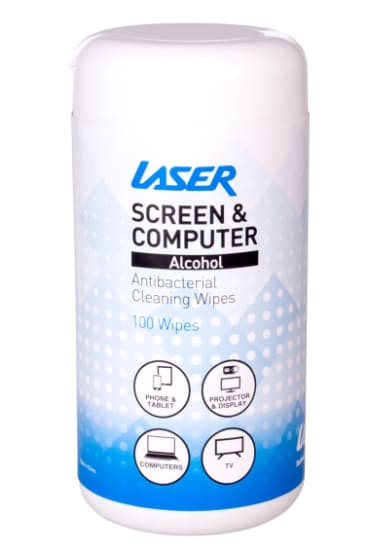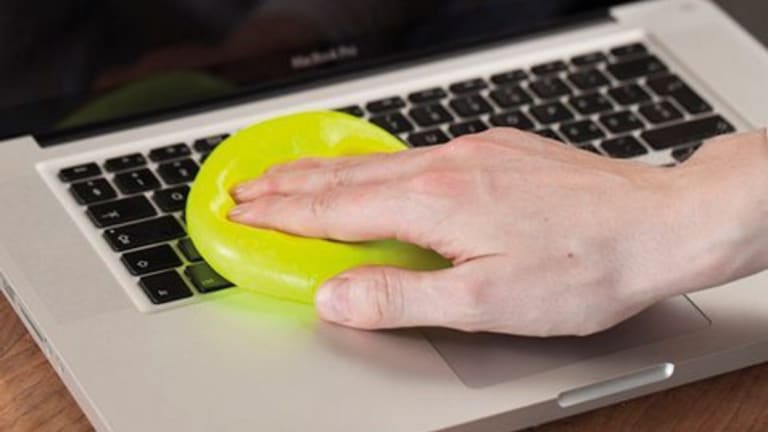Fun fact: everything you own is disgusting.
It’s OK, it’s not entirely your fault. It’s just that humans are germ-laden creatures with an urge to touch everything, and a blind spot when it comes to their own germs and the things they touch frequently.
According to a recent USDA study, people don’t wash their hands correctly 97 per cent of the time. That’s basically all of the time. Cast your mind back to all the hands you’ve shaken this week; how many second-hand penises have you touched?
So, now that it’s spring and the allergens are airborne and the weather is reaching those fun temperatures that help bacteria grow on everything, here are some tech ways to clean the things you’ve forgotten about, and how to clean your tech.
Mattress
Think of everything your mattress has endured. Now think about the last time you actually cleaned the thing.
According to a University Hospital of South Manchester study, humans put out up to 98.42 litres of sweat a year while they sleep. Plus, we shed a lot of skin cells; about 696g worth a year. Then there’s the aforementioned grossness of our poorly washed hands and assorted bodily fluids. Add your body heat and the Australian summer to that, and you have a petri dish of allergens. While none of them are likely to kill you, it does explain why you might wake up with a stuffy nose, have worsening asthma, and, in extreme cases, that weird rash you keep getting.
The Dyson V10 can become a powerful handheld vac, perfect for mattresses.Credit:Alice Clarke
Unfortunately, there isn’t a way to get it perfectly clean and kill everything already growing in there. However, you can get most of the dust and skin cells out and deodorise it.
Get a powerful vacuum cleaner with a mattress attachment. I tried my regular old shop vac from Kmart and a Dyson V10 with a proper mattress attachment. The Kmart vac, while more affordable, didn’t get much out, whereas the V10 got an impressive, if sickening, amount out of the mattress and pillows. Using a proper mattress or upholstery attachment is key, because it’ll get a better seal, and using the handheld vacuum cleaner made the whole process much, much easier.
If you have an electric blanket, be careful about vacuuming it because the wires can be fragile. Consider removing the electric blanket and just giving it a good shake and a sit in the sun. Instead just vacuum the mattress and wash the mattress protector (make sure you have mattress and pillow protectors).
Finally, sprinkle baking soda over the whole thing to deodorise and kill some (not all) of the bacteria. It’s OK if you want to use the whole box the first time, or if you haven’t done it in a while. Vacuum the mattress again to get out the baking soda, and then try to sleep, knowing that you’re resting on a bacteria sponge.
The Air
According to the USA EPA, the air inside is often much more seriously polluted than the air outside. And the air outside is not great. We spend about 90 per cent of our time indoors, and hay fever sufferers likely spend even more time indoors cursing the bastard who decided planting Plane trees in the city was a good idea.
The solution for this one, at least, requires minimal effort on your part: Just get an air purifier. If you have a very small room, like a bedroom, the Dyson Hot + Cool Link is a great little all-in-one.
Philips’ air purifiers can clean up large rooms full of pollen or other irritants.
But if you have more serious allergy concerns, or if you want to purify a living room, then a dedicated purifier like the Philips Air Purifier Series 2000 is a great choice for $529. It’s able to clean a space up to 79m², which is larger than most inner-city two-bedroom apartments, making it one of the more powerful purifiers available on the market. If you need more than that, the Series 3000 can do 95m².
Your Phone
Millennials' aversion to phone calls makes a lot more sense once you know that your smartphone has more than 9000 times more bacteria than a toilet seat. No one wants to hold a toilet seat to their face.
Here’s the bad news, though: the anti-fingerprint and oil coating on your phone does not respond well to cleaning products, particularly the more abrasive, antibacterial ones. Apple and Samsung recommend you only use a slightly damp, lint-free cloth and avoid cleaning products and compressed air. If you have a waterproof phone (triple check this), you can just rinse it under a tap and hope for the best.
Cleaning wipes are your friends.
If you’re particularly concerned about the bacteria, companies like Laser sell anti-bacterial wipes designed for phones, screens and other hard surfaces. You can grab a 100 pack from Officeworks for $6.99.
Keyboard, PC, laptop and video game controller
Let’s not go into the gross things that happen in front of home computers. However, your office computer has more than double the bacteria of your phone, with nearly 20,600 times more bacteria than a toilet seat. Yes, I too just recoiled in horror.
Also, the fans in your PC (especially your gaming PC at home) are likely encrusted with dust and you should do something about it before the PC dies.
The answer to the fan issue, and step one of cleaning your keyboard, is a can of compressed air. Just use some light bursts to get the dust out of the fans, and the debris out of your keyboard or laptop.
If you have a mechanical keyboard, you might be able to remove the key caps to make this a bit easier, but make sure you confirm the key caps are supposed to be removable before you start ripping them off. If they are, you can soak the key caps in warm, soapy water. Just make sure they’re 100 per cent dry before you put them back on.
As for the germs, most keyboard manufacturers say you shouldn’t use anti-bacterial cleaners so you don’t damage the surface. What they recommend is that you get your lint-free cloth or a cotton swab and lightly dampen it in some water (or, if you’re feeling daring, warm soapy water) and wipe your keyboard or controller with that. Though, you can also use the aforementioned Laser anti-bacterial technology wipes, or get the surprisingly effective and satisfying Cyber Clean goo online.
Goo that cleans! What a world.
You
Of course, most of this bacteria comes from your gross, gross hands. One way to avoid having your keyboard and other stuff become completely disgusting is to just master thoroughly washing your hands. Hand sanitiser is not an effective replacement for proper hand washing technique, and is contributing to the creation and strengthening of superbugs, and killing the good bacteria on your hands.
Here are the tips from the Victorian Government’s Better Health Channel:
- Wet your hands with clean, running water, turn off the tap.
- Apply soap and lather well for 20 seconds (or longer if the dirt is ingrained).
- Rub hands together rapidly across all surfaces of your hands and wrists.
- Don’t forget the backs of your hands, your wrists, between your fingers and under your fingernails.
- If possible, remove rings and watches before you wash your hands, or ensure you move the rings to wash under them, as microorganisms can exist under them.
- Rinse well under running water and make sure all traces of soap are removed.
- Dry your hands using a clean towel or air dry them
- It is best to use paper towels (or single-use cloth towel).
- Dry under any rings, as they can be a source of future contamination if they remain moist.
- Hot air driers can be used.
Good luck.
Source: Read Full Article



